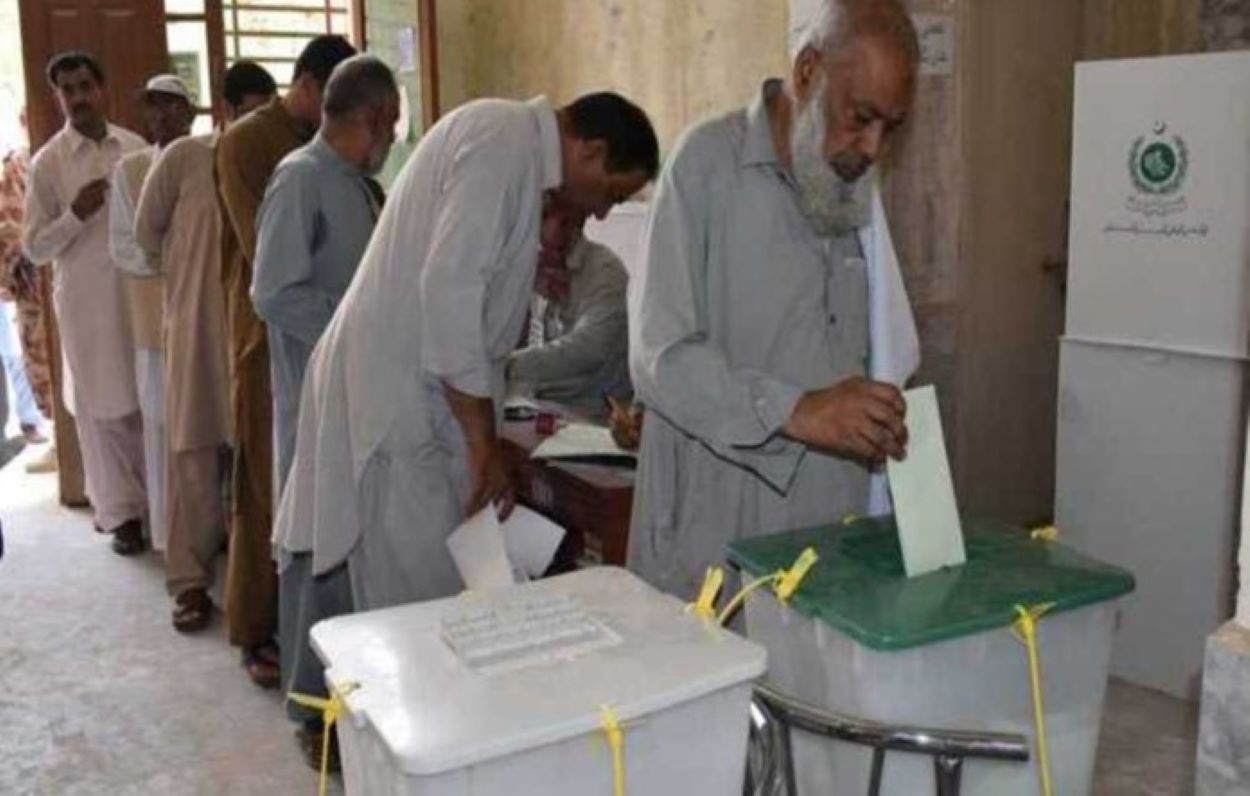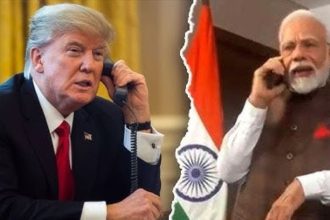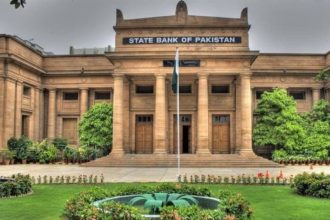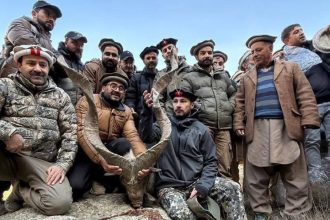Since the 2018 general elections, the gender gap in Pakistan’s voter registration has diminished, with the addition of approximately 21 million new voters raising the total to 127 million, up from 106 million. According to recent data from the Election Commission of Pakistan (ECP), the gender disparity now stands at about 10 million, with women constituting 46% of the registered voters.
In detail, voter registration escalated from 46.73 million women and 59.22 million men in 2018 to 58.47 million women and 68.50 million men as of July 25, 2023. Notably, last year witnessed a significant reduction in the gender gap as the number of registered female voters surged, narrowing the gap to 10.03 million.
A closer look at the age demographics indicates that youth between 18 and 35 constitute 45% of the electorate, amounting to 57.1 million individuals. Furthermore, voters aged between 36 and 45 represent 21.88% of the voter pool, totalling 27.79 million. Together, these groups comprise two-thirds of the entire voter base.
Geographically, Punjab is home to the majority of voters with 56.9% of the total, followed by Sindh with a contribution of 21%. Khyber Pakhtunkhwa accounts for nearly 17.1% of the registered voters, while Balochistan and Islamabad hold 4.2% and just over a million voters, respectively.






